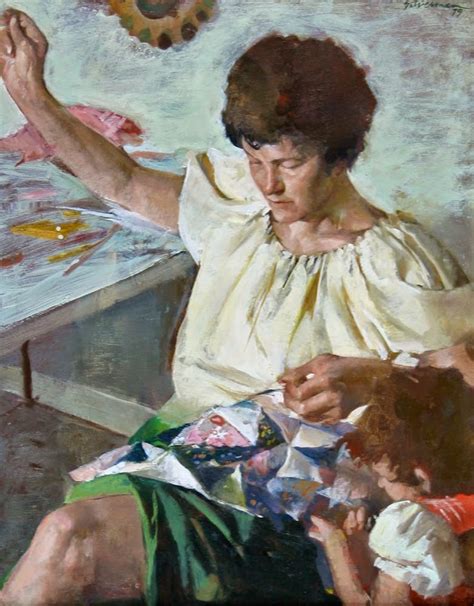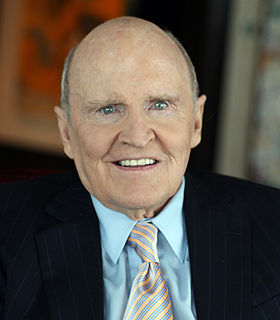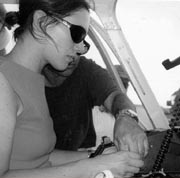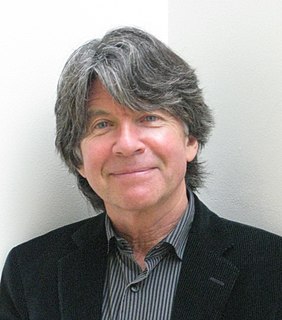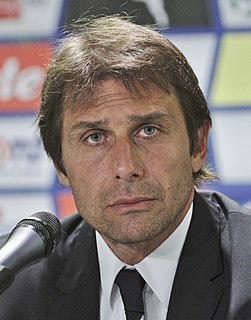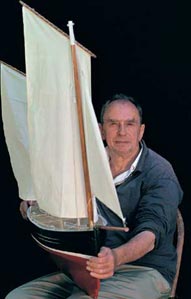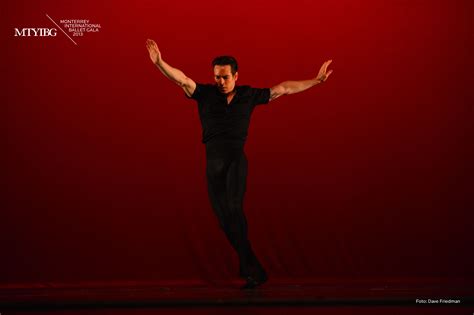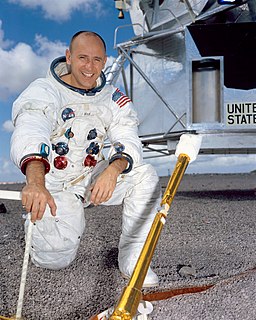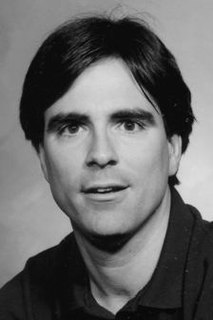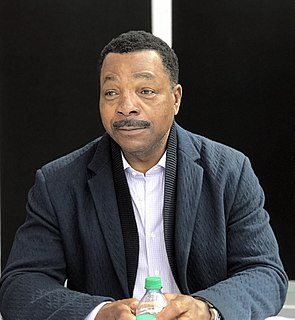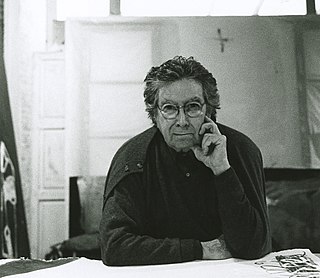A Quote by Burton Silverman
My best training came from doing illustrations because it taught me to compose my paintings more effectively, to improve my colors, and to be ruthlessly selective.
Related Quotes
I think that people tend to look at the paintings as being resolved or finite. But, to me, a painting can be an index for all of the paintings I've done and all of the paintings I'm going to do. It's like if I'm doing a film of the Olympics, I'm not examining a specific sport; I'm interested in the overall context.
